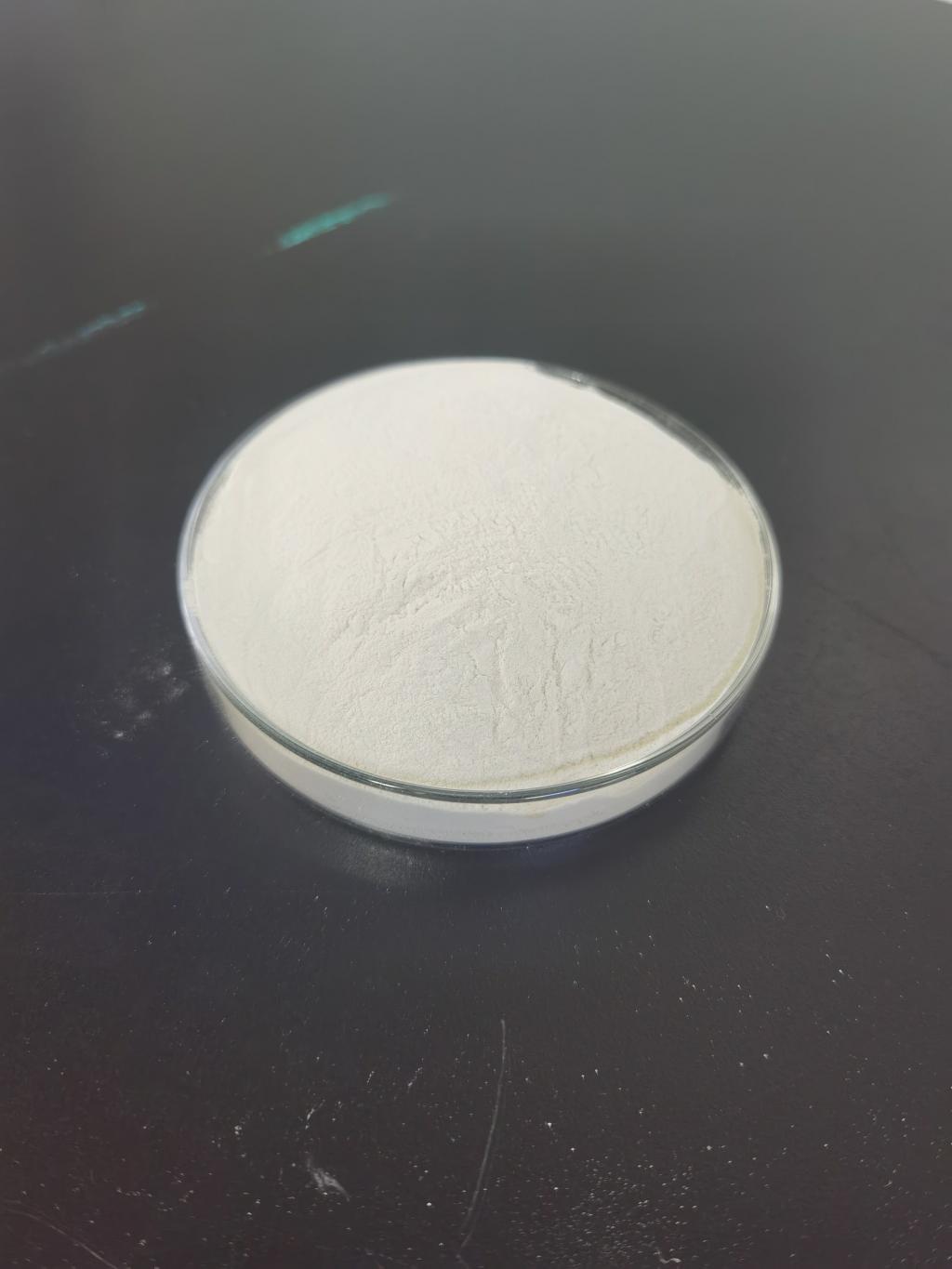Tel:+8618231198596

News
 CONTACT
CONTACT
 CONTACT
CONTACT
- Linkman:Linda Yao
- Tel: +8618231198596
- Email:linda.yao@dcpharma.cn
- Linkman:CHARLES.WANG
- Department:Overseas
- Tel: 0086 0311-85537378 0086 0311-85539701
News
Current Position:
Home >
News
>Nisin in Sustainable Food Practices: A Green Revolution in Preservation
Nisin in Sustainable Food Practices: A Green Revolution in Preservation
TIME:2023-12-22
1. The Imperative of Sustainable Food Practices:
Set the stage by discussing the pressing need for sustainable practices in the food industry. Highlight the environmental impact of traditional preservation methods and the urgency to adopt eco-friendly alternatives. Emphasize the role of sustainability in ensuring food security for future generations.
2. Introduction to Nisin: A Natural Antimicrobial Peptide:
Provide an overview of nisin, its natural origin from Lactococcus lactis, and its historical use as a food preservative. Discuss its unique properties, including its efficacy against Gram-positive bacteria, and introduce the idea of nisin as a sustainable alternative to synthetic preservatives.
3. Nisin's Mechanisms of Action:
Delve into the molecular mechanisms through which nisin exerts its antimicrobial effects. Explore its impact on bacterial cell membranes and cell walls, emphasizing how these actions contribute to the preservation of food products. Highlight the specificity of nisin towards harmful microorganisms.
4. Nisin as a Replacement for Synthetic Preservatives:
Compare nisin with traditional synthetic preservatives commonly used in the food industry. Discuss the environmental impact, health considerations, and consumer preferences associated with synthetic preservatives. Showcase instances where nisin has proven to be a viable, sustainable replacement.
5. Applications of Nisin in Various Food Categories:
Explore the diverse applications of nisin in preserving different food categories. Discuss its role in dairy products, meat and poultry, baked goods, and beverages. Highlight specific examples of successful nisin applications and how they contribute to sustainable food production.
6. Nisin and Waste Reduction:
Discuss how the use of nisin can contribute to reducing food waste. Explore its impact on extending the shelf life of perishable products, thereby minimizing the discard of unsold or expired items. Discuss the economic and environmental benefits of waste reduction in the food supply chain.
7. Nisin and Organic Food Preservation:
Examine the compatibility of nisin with organic food production. Discuss its alignment with organic principles and explore how nisin can be integrated into the preservation of organic fruits, vegetables, and processed goods without compromising organic certification.
8. Innovations in Nisin Delivery Systems:
Explore innovative delivery systems for nisin, including encapsulation and controlled release technologies. Discuss how these advancements enhance the efficacy of nisin while minimizing its environmental impact. Highlight the potential for these technologies to revolutionize sustainable preservation practices.
9. Challenges and Considerations:
Address challenges associated with the widespread adoption of nisin in sustainable food practices. Discuss regulatory considerations, potential resistance issues, and consumer perceptions. Explore ongoing research efforts aimed at overcoming these challenges.
10. Future Directions and Global Impact:
Discuss the potential future developments in the use of nisin for sustainable food practices. Explore emerging trends, ongoing research projects, and collaborations that aim to further integrate nisin into mainstream food preservation methods. Assess the potential global impact of widespread nisin adoption.
Conclusion:
Summarize the key insights from the exploration of nisin in sustainable food practices. Emphasize its role as a green revolution in preservation, contributing to reduced environmental impact, enhanced food security, and a more sustainable future for the food industry. As we navigate the complexities of a changing world, embracing nisin as a sustainable preservation solution becomes a crucial step towards a greener and more resilient food system.
- Tel:+8618231198596
- Whatsapp:18231198596
- Chat With Skype







